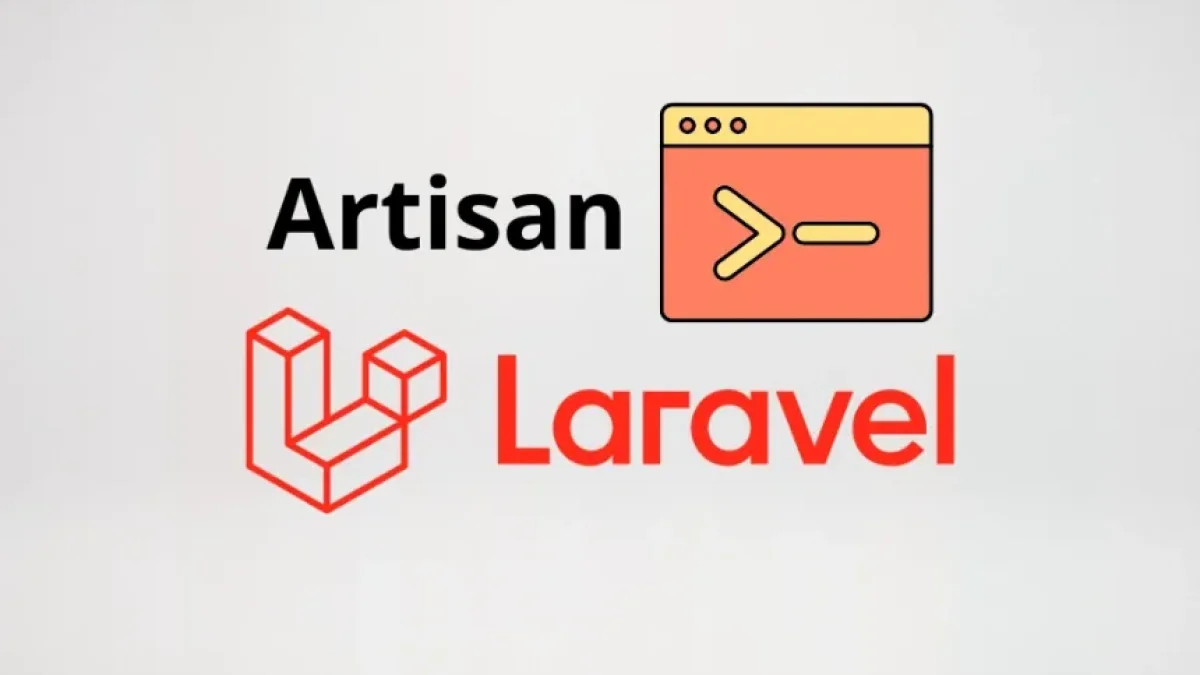What is Redis and How Can It Help Your Project?


Redis is an open-source, in-memory database that is used as a data structure store. It is often considered a key-value type database system, although its functionality extends far beyond that. Its high performance, versatility, and ease of use have made it a popular choice among developers and businesses.
What is Redis?
Redis (Remote Dictionary Server) was developed by Salvatore Sanfilippo in 2009. It is a data storage system that combines the speed of memory with disk persistence, allowing for exceptional performance in read and write operations.
Key Features of Redis
- In-Memory Storage: Redis stores all data in RAM, facilitating fast and efficient access.
- Advanced Data Structures: It supports multiple data structures such as strings, lists, sets, hashes, and more.
- Persistence: Although it is an in-memory database, Redis allows data persistence on disk through snapshots or logs.
- High Performance: It can handle millions of operations per second, making it ideal for high-traffic applications.
- Scalability: Redis offers clustering and replication options for horizontal scaling.
Why Use Redis in Your Project?
There are multiple reasons to opt for Redis in your project development. Below are some of the most relevant ones.
1. Performance Improvement
Accessing data in memory is significantly faster than accessing data stored on disk. This is especially beneficial for applications that require quick response times, such as games, web applications, and streaming services.
Read also
2. Caching Storage
Redis is commonly used as a caching system, which helps reduce the load on traditional databases. By storing results of frequent queries, you can improve data access speed.
Example of Cache Usage
I recommend storing the results of costly operations, such as complex SQL queries, in Redis to optimize the overall performance of your application.
Read also
3. Support for Complex Data Structures
Unlike simple key-value databases, Redis allows you to handle complex data structures like lists and sets. This enables developers to model information more naturally and efficiently.
4. Publish/Subscribe Features
Redis includes a publish/subscribe model that allows real-time messaging between different components of an application. This is particularly useful for applications that require real-time updates, such as chat applications or tracking systems.
Common Use Cases for Redis
1. Session Storage
Retailers or online services often use Redis to store user session information. Since it is extremely fast, it enhances the user experience by allowing near-instant access to session information.
2. Recommendation Systems
The ability of Redis to perform operations quickly is ideal for recommendation systems, where you need to access and process large volumes of data in real-time.
3. Counters and Analytics
Redis is frequently used to store and process real-time counters, which is useful for analyzing user behavior and making adjustments to marketing strategies.
How to Integrate Redis into Your Project
Integrating Redis into your project is relatively straightforward. Here’s a basic approach.
Step 1: Install Redis
You can install Redis in your local environment using Docker, your platform's package systems, or by compiling from the source code.
Installation Using Docker
Use the following command to start a Redis container:
docker run --name some-redis -d redis
Step 2: Connect Your Application
Depending on the programming language you are using, there are various libraries to connect to Redis. For example, in Node.js, you can use ioredis.
npm install ioredis
Then, establish a connection:
const Redis = require('ioredis');
const redis = new Redis();Step 3: Perform Basic Operations
Once you have established the connection, you can start interacting with Redis. Here are some examples of operations:
Store a value
redis.set('key', 'value');Retrieve a value
redis.get('key', (err, result) => {
console.log(result); // Prints 'value'
});Conclusion
Redis is a powerful and versatile solution for in-memory data storage. Its high efficiency, support for complex data structures, and caching functionality make it an ideal choice for enhancing your project's performance. Whether you are building a web application, a messaging system, or an analytics service, Redis can provide you with the tools needed to scale and optimize your solution.
If you are considering implementing Redis, make sure to evaluate its features and how they align with the specific requirements of your project. Investing time in integrating Redis can lead to significantly improved performance and a smoother user experience.



















